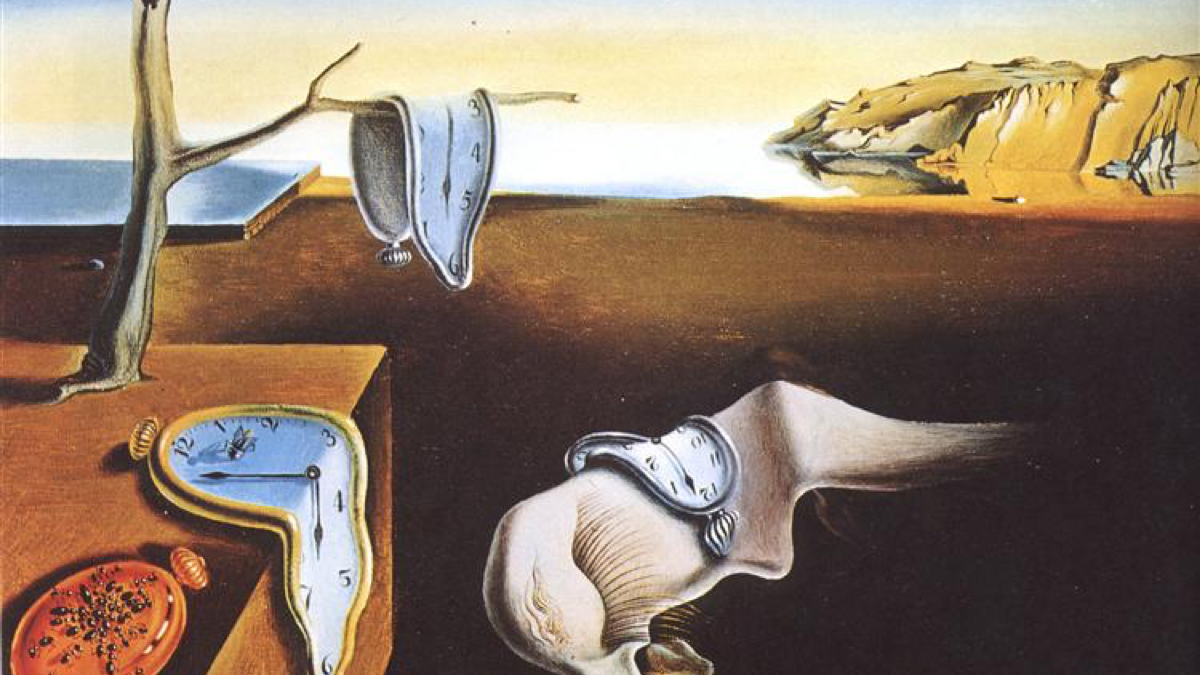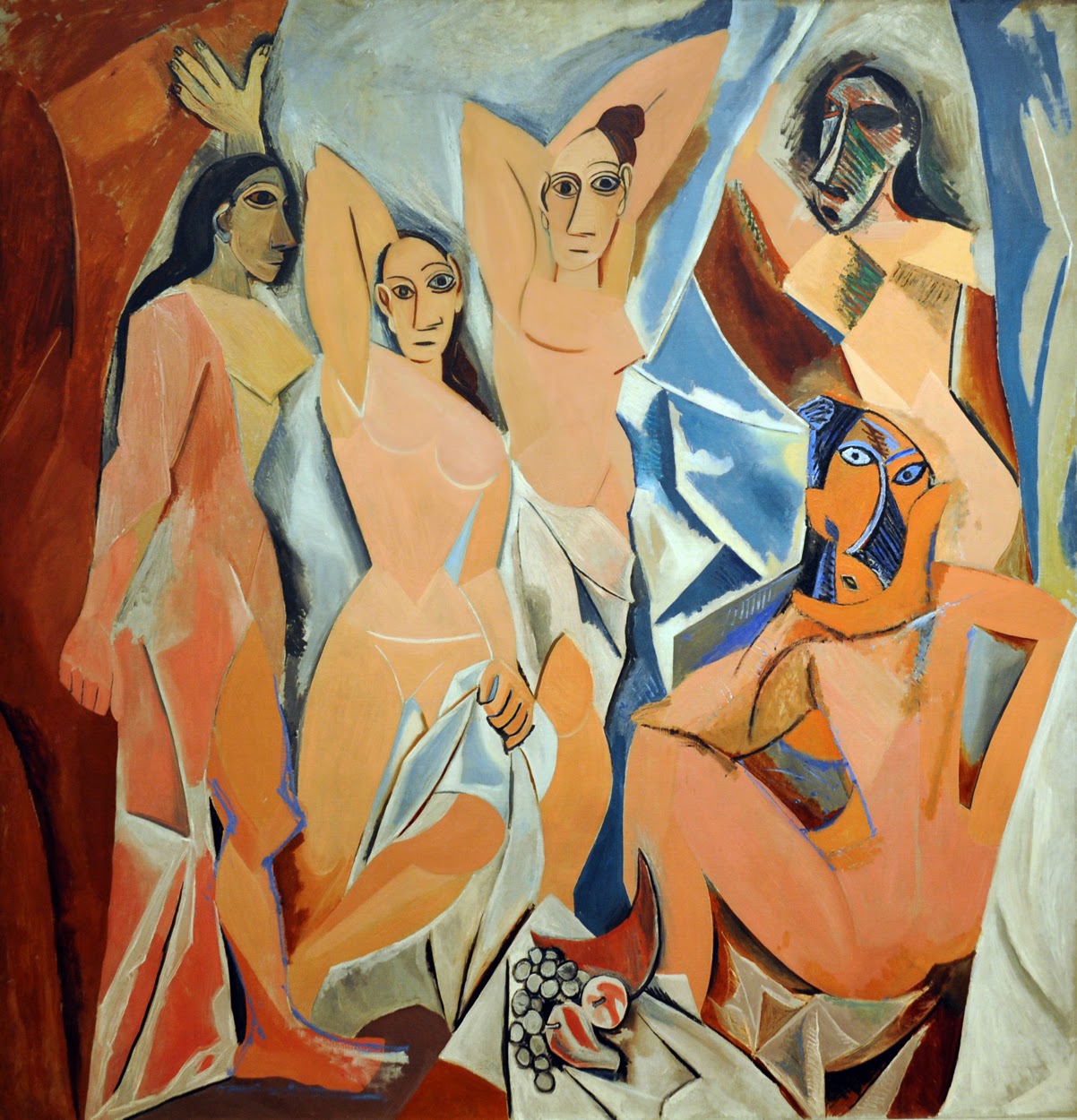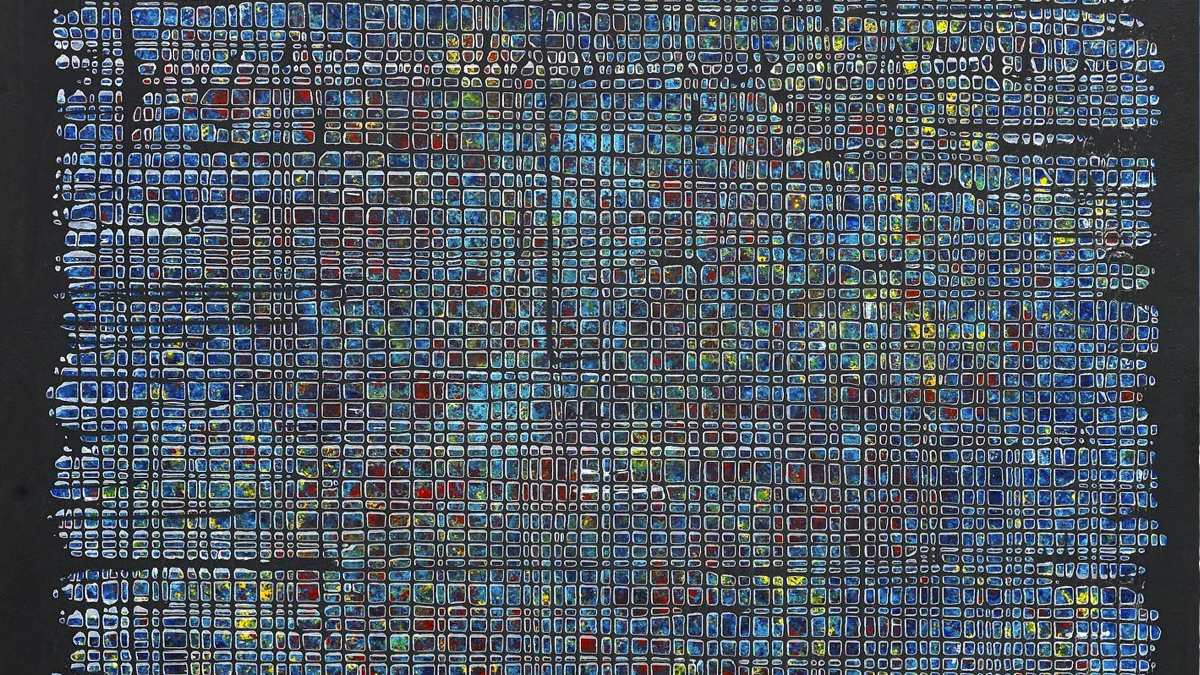
The modern art movements you should know
With the transition to the twentieth century, modern art took off. Picasso, Matisse, Kandinsky, Malevitch, the Delaunay and all the others constituted a flourishing vanguard that was divided in numerous artistic currents during the first half of the century. The experiments were multiplied by painters who always ventured farther into the unknown…To immerse yourself in all the artistic movements that compose the history of modern art, this week, Artsper has made a summary of them for you !
An icon of modern art: Cubism

Appearing in 1907, Cubism was the first movement to no longer propose a mere imitation of reality. Cubist artists got inspired by the forms of primitive art, which experienced a revival during this period. However, all forms of volume, were decomposed and reassembled. Georges Braque, Pablo Picasso and Fernand Léger are some of its main representatives.
Futurism

Born in Italy in 1909, Futurism is based on cubist forms and thinking. It touches literature, painting and sculpture. Fascinated by movement, modern society and machines, futurist such as Boccioni, Russolo and Marinetti tried to decompose them and represent them on a canvas.
Geometric abstraction

Abstraction, a real revolution of modern art in the twentieth century, was born around 1910 with the brush strokes of Piet Mondrian, Vassily Kandinsky and Kasimir Malevitch. The first abstract pieces were based on spiritual beliefs and used music as its main motif, two subjects that could not be represented through figuration. In their expression, artists seek purity and simplification through the use of geometric shapes.
Expressionism

This movement, whose precursor was Munch, appeared in the beginning of the twentieth century in Germany and in the countries of the north, where they opposed academism. By the end of the First World War, expressionist pieces represented a pessimistic and dark vision of the world. Deformation was used as desired, to bring back the inner feeling on figurative reality. This movement divided in two groups: Die Brucke (The Bridge) and Der Blaue Reiter (The Blue Rider), the latter one leads to abstraction.
Orphism

It was Guillaume Apollinaire, who in 1912, qualified certain aspects of avant-garde painting as orphism. He got inspired on the name of the exhibition in which the first works of the movement were exhibited: the gold section (la section d’or). It is a simplification of forms, from which only colors and light remain visible, the purpose of Orphism was thus to create a sensation of movement on the canvas. Robert and Sonia Delaunay are its representatives, among others.
The most extravagant in modern art: Surrealism

In 1924, in his manifesto, André Breton defined surrealism as follows; it is “pure psychic automatism, through which one seeks to express, whether verbally, in writing, or in any other manner, the real functioning of the mind. Dictated by the unconsciousness, in the absence of any control exercised by reason, and free from aesthetic or moral preoccupations…” This artistic movement abolishes the boundaries between reality and unreality. Dreams become a major source of inspiration, and artists such as Dali, Magritte, Ernst and Picabia propose their own conception of the world, which is then distorted according to the desires of each viewer. This was the end of the reign of reason in art.
The wildest of modern art movements: Abstract Expressionism

Considered as the first important artistic movement in the United States, abstract expressionism examines gesture and color. After the second world war, it was divided into two fields; action painting and colorfield painting. In the first, artists work their gesture and their way of applying the paint, while using, the technique of dripping. The relationship between the body of the artist and his canvas becomes intense, as evidenced by Jackson Pollock’s approach. In the second one, the artist examines the planarity of their canvas and want to remove any effect of depth. The name of colorfield comes from the large flat areas of color that characterize it, which can be found, in the pieces of Rothko, for example.

About Artsper
Founded in 2013, Artsper is an online marketplace for contemporary art. Partnering with 1,800 professional art galleries around the world, it makes discovering and acquiring art accessible to all.
Learn more













